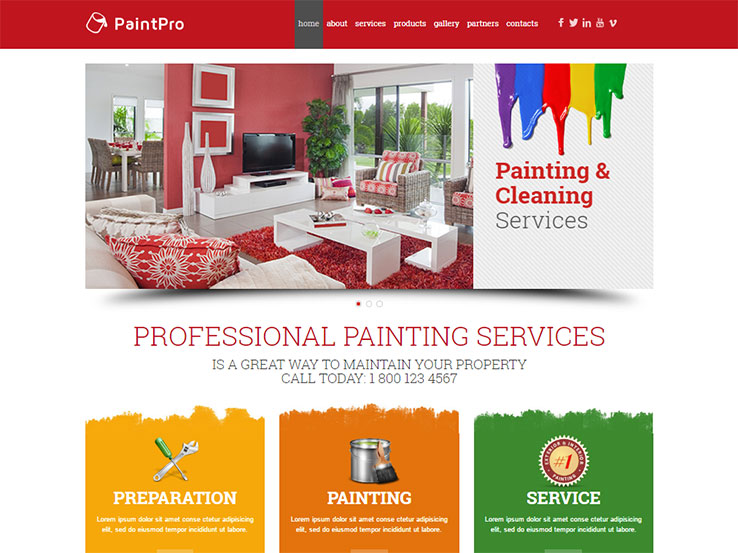What Impact Do The Best Shades Carry Your Brand'S Appeal In Business Exterior Paint? Discover The Fundamental Elements That Guide Your Shade Options
What Impact Do The Best Shades Carry Your Brand'S Appeal In Business Exterior Paint? Discover The Fundamental Elements That Guide Your Shade Options
Blog Article
Material Develop By-Key Mouritzen
When it concerns commercial exterior painting, the colors you pick can make or damage your brand's allure. Recognizing exactly how how long is unused paint good for is crucial to attracting consumers and constructing count on. However it's not nearly individual preference; local patterns and guidelines play a substantial duty too. So, just how do you locate the perfect equilibrium between your vision and what resonates with the neighborhood? Let's explore the essential aspects that assist your color choices.
Recognizing Shade Psychology and Its Impact on Service
When you pick colors for your company's exterior, comprehending shade psychology can considerably influence just how prospective clients perceive your brand name.
Colors evoke feelings and established the tone for your company. As an example, blue typically shares trust and professionalism and reliability, making it perfect for financial institutions. Red can create a sense of urgency, best for restaurants and clearance sales.
On the other hand, environment-friendly symbolizes development and sustainability, attracting eco-conscious consumers. Yellow grabs interest and triggers optimism, but way too much can bewilder.
Consider your target audience and the message you want to send. By picking the right shades, you not just improve your visual allure but additionally align your image with your brand worths, ultimately driving consumer involvement and commitment.
Studying Local Trends and Laws
Just how can you guarantee your exterior paint selections reverberate with the area? Start by looking into regional fads. See close-by companies and observe their color design.
Keep in mind of what's popular and what feels out of place. This'll aid you align your choices with area looks.
Next off, examine local regulations. linked resource site of towns have standards on outside colors, specifically in historical areas. You do not want to hang out and cash on a palette that isn't compliant.
Involve with neighborhood entrepreneur or community teams to collect understandings. They can supply useful responses on what shades are well-received.
Tips for Integrating With the Surrounding Atmosphere
To develop a cohesive appearance that blends effortlessly with your surroundings, consider the native environment and architectural styles close by. Beginning by observing the colors of nearby buildings and landscapes. Natural tones like eco-friendlies, browns, and low-key grays commonly work well in natural setups.
If your residential property is near lively urban areas, you could select bolder hues that reflect the neighborhood power.
Next, think of the architectural design of your structure. Traditional styles might gain from traditional shades, while modern-day designs can welcome modern palettes.
Evaluate your shade choices with examples on the wall surface to see exactly how they connect with the light and environment.
Lastly, keep in mind any kind of neighborhood standards or area aesthetic appeals to ensure your choice enhances, as opposed to clashes with, the surroundings.
Verdict
To conclude, choosing the appropriate shades for your commercial outside isn't practically aesthetic appeals; it's a calculated decision that affects your brand's understanding. By tapping into color psychology, taking into consideration neighborhood fads, and guaranteeing consistency with your surroundings, you'll produce an inviting ambience that attracts customers. Do not forget to check samples prior to committing! With the right approach, you can raise your organization's aesthetic appeal and foster enduring consumer involvement and loyalty.
